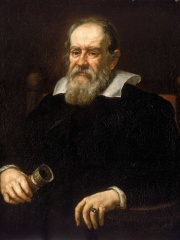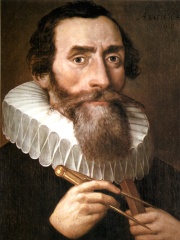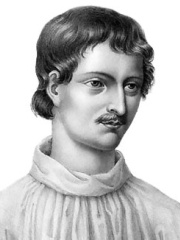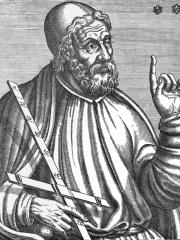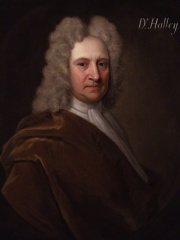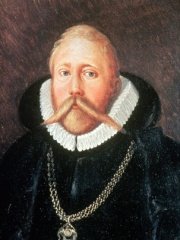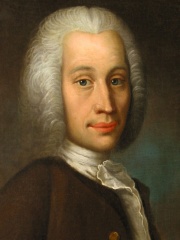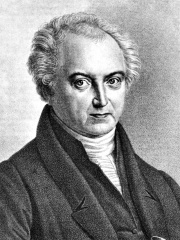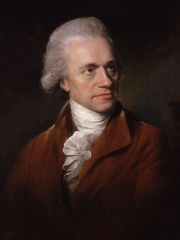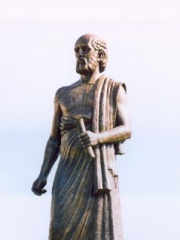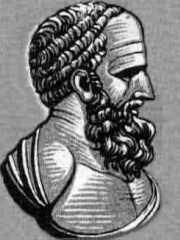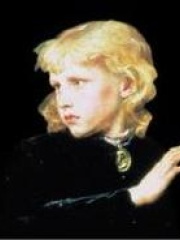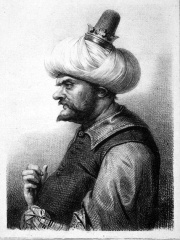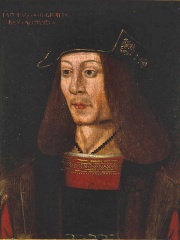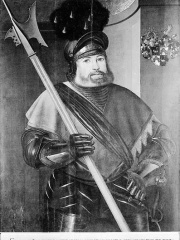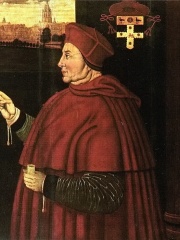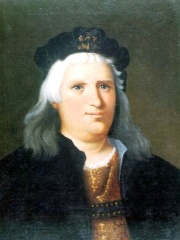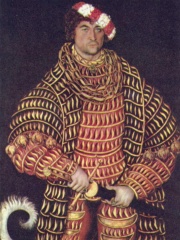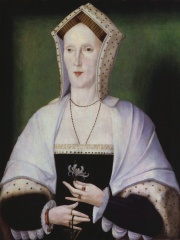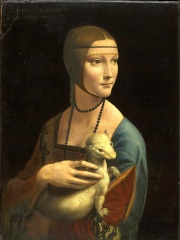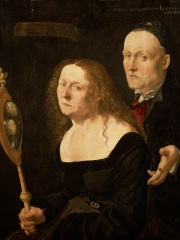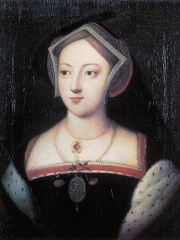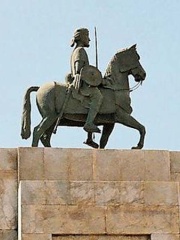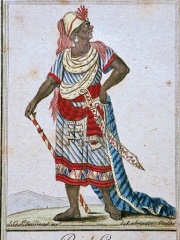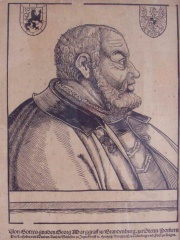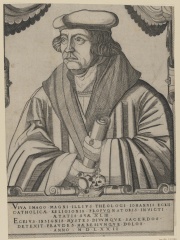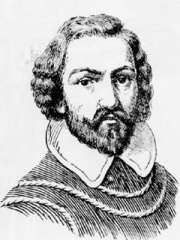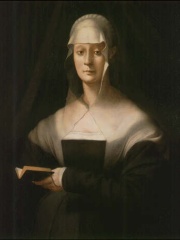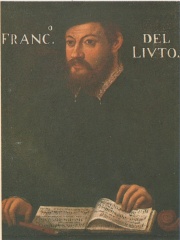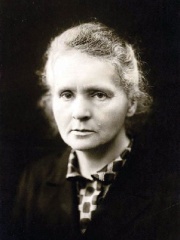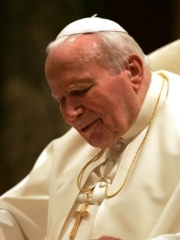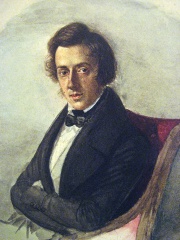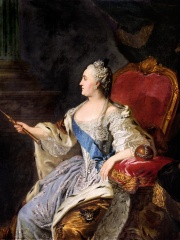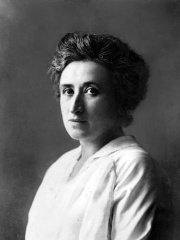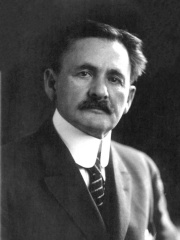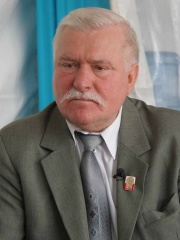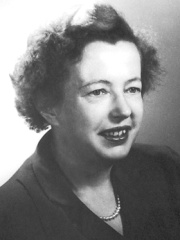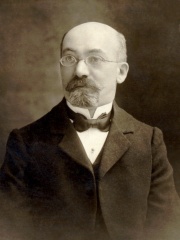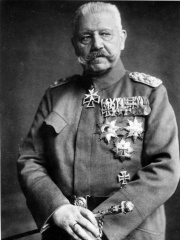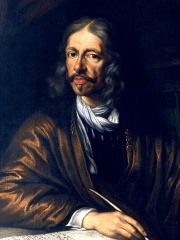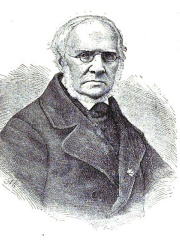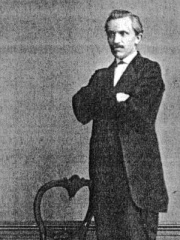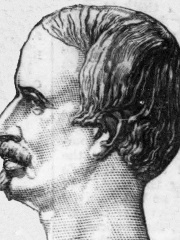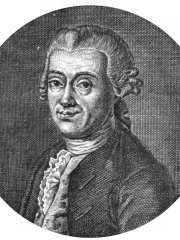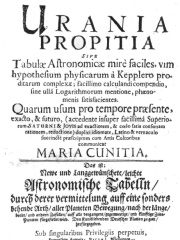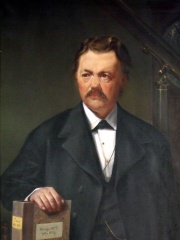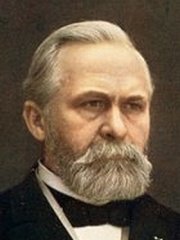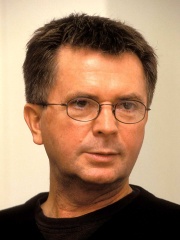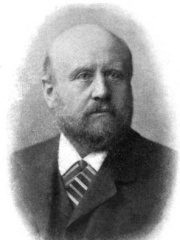ASTRONOMER
Nicolaus Copernicus
1473 - 1543
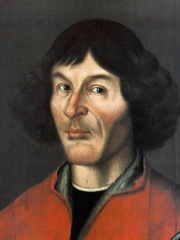
 Nicolaus Copernicus
Nicolaus Copernicus
Nicolaus Copernicus (19 February 1473 – 24 May 1543) was a Renaissance polymath who formulated a model of the universe that placed the Sun rather than Earth at its center. The publication of Copernicus's model in his book De revolutionibus orbium coelestium (On the Revolutions of the Celestial Spheres), just before his death in 1543, was a major event in the history of science, triggering the Copernican Revolution and making a pioneering contribution to the Scientific Revolution. Though a similar heliocentric model had been developed eighteen centuries earlier by Aristarchus of Samos, an ancient Greek astronomer, Copernicus likely arrived at his model independently. Copernicus was born and died in Royal Prussia, a semiautonomous and multilingual region created within the Crown of the Kingdom of Poland from lands regained from the Teutonic Order after the Thirteen Years' War. Read more on Wikipedia
His biography is available in 174 different languages on Wikipedia (up from 168 in 2024). Nicolaus Copernicus is the 2nd most popular astronomer, the 2nd most popular biography from Poland (down from 1st in 2019) and the most popular Polish Astronomer.
Nicolaus Copernicus was a Polish astronomer who is most famous for proposing the heliocentric theory of the solar system, which states that the sun is at the center of the solar system and the earth and other planets orbit around it.
Memorability Metrics
Page views of Nicolaus Copernicus by language
Among ASTRONOMERS
Among astronomers, Nicolaus Copernicus ranks 2 out of 644. Before him are Galileo Galilei. After him are Johannes Kepler, Giordano Bruno, Ptolemy, Edmond Halley, Tycho Brahe, Anders Celsius, Heinrich Wilhelm Matthias Olbers, William Herschel, Aristarchus of Samos, and Hipparchus.
Most Popular Astronomers in Wikipedia
Go to all RankingsGalileo Galilei
1564 - 1642
HPI: 95.08
Rank: 1
Nicolaus Copernicus
1473 - 1543
HPI: 93.78
Rank: 2
Johannes Kepler
1571 - 1630
HPI: 89.24
Rank: 3
Giordano Bruno
1548 - 1600
HPI: 88.57
Rank: 4
Ptolemy
100 - 170
HPI: 87.07
Rank: 5
Edmond Halley
1656 - 1742
HPI: 85.55
Rank: 6
Tycho Brahe
1546 - 1601
HPI: 83.46
Rank: 7
Anders Celsius
1701 - 1744
HPI: 83.19
Rank: 8
Heinrich Wilhelm Matthias Olbers
1758 - 1840
HPI: 80.29
Rank: 9
William Herschel
1738 - 1822
HPI: 80.07
Rank: 10
Aristarchus of Samos
311 BC - 230 BC
HPI: 79.89
Rank: 11
Hipparchus
190 BC - 120 BC
HPI: 79.75
Rank: 12
Contemporaries
Among people born in 1473, Nicolaus Copernicus ranks 1. After him are Richard of Shrewsbury, Duke of York, Oruç Reis, James IV of Scotland, Georg von Frundsberg, Thomas Wolsey, John Corvinus, Henry IV, Duke of Saxony, Margaret Pole, Countess of Salisbury, Cecilia Gallerani, Edward of Middleham, Prince of Wales, and Hans Burgkmair. Among people deceased in 1543, Nicolaus Copernicus ranks 1. After him are Şehzade Mehmed, Mary Boleyn, Ahmad ibn Ibrahim al-Ghazi, Al-Mutawakkil III, Afonso I of Kongo, George, Margrave of Brandenburg-Ansbach, Johann Eck, Quli Qutb Shah, Juan Rodríguez Cabrillo, Maria Salviati, and Francesco Canova da Milano.
Others Born in 1473
Go to all RankingsNicolaus Copernicus
ASTRONOMER
1473 - 1543
HPI: 93.78
Rank: 1
Richard of Shrewsbury, Duke of York
POLITICIAN
1473 - 1483
HPI: 74.76
Rank: 2
Oruç Reis
POLITICIAN
1473 - 1518
HPI: 72.43
Rank: 3
James IV of Scotland
POLITICIAN
1473 - 1513
HPI: 71.56
Rank: 4
Georg von Frundsberg
MILITARY PERSONNEL
1473 - 1528
HPI: 69.18
Rank: 5
Thomas Wolsey
RELIGIOUS FIGURE
1473 - 1530
HPI: 68.97
Rank: 6
John Corvinus
POLITICIAN
1473 - 1504
HPI: 66.96
Rank: 7
Henry IV, Duke of Saxony
POLITICIAN
1473 - 1541
HPI: 66.24
Rank: 8
Margaret Pole, Countess of Salisbury
POLITICIAN
1473 - 1541
HPI: 65.60
Rank: 9
Cecilia Gallerani
CELEBRITY
1473 - 1536
HPI: 65.57
Rank: 10
Edward of Middleham, Prince of Wales
NOBLEMAN
1473 - 1484
HPI: 65.47
Rank: 11
Hans Burgkmair
PAINTER
1473 - 1531
HPI: 64.69
Rank: 12
Others Deceased in 1543
Go to all RankingsNicolaus Copernicus
ASTRONOMER
1473 - 1543
HPI: 93.78
Rank: 1
Şehzade Mehmed
NOBLEMAN
1522 - 1543
HPI: 78.23
Rank: 2
Mary Boleyn
COMPANION
1499 - 1543
HPI: 78.19
Rank: 3
Ahmad ibn Ibrahim al-Ghazi
POLITICIAN
1506 - 1543
HPI: 70.30
Rank: 4
Al-Mutawakkil III
POLITICIAN
1500 - 1543
HPI: 68.42
Rank: 5
Afonso I of Kongo
POLITICIAN
1456 - 1543
HPI: 67.73
Rank: 6
George, Margrave of Brandenburg-Ansbach
POLITICIAN
1484 - 1543
HPI: 66.30
Rank: 7
Johann Eck
RELIGIOUS FIGURE
1486 - 1543
HPI: 65.81
Rank: 8
Quli Qutb Shah
POLITICIAN
1470 - 1543
HPI: 64.24
Rank: 9
Juan Rodríguez Cabrillo
EXPLORER
1499 - 1543
HPI: 64.02
Rank: 10
Maria Salviati
COMPANION
1499 - 1543
HPI: 62.88
Rank: 11
Francesco Canova da Milano
COMPOSER
1497 - 1543
HPI: 61.58
Rank: 12
In Poland
Among people born in Poland, Nicolaus Copernicus ranks 2 out of 1,694. Before him are Marie Curie (1867). After him are Pope John Paul II (1920), Frédéric Chopin (1810), Arthur Schopenhauer (1788), Catherine the Great (1729), Rosa Luxemburg (1871), Albert A. Michelson (1852), Lech Wałęsa (1943), Maria Goeppert Mayer (1906), L. L. Zamenhof (1859), and Paul von Hindenburg (1847).
Others born in Poland
Go to all RankingsMarie Curie
PHYSICIST
1867 - 1934
HPI: 94.30
Rank: 1
Nicolaus Copernicus
ASTRONOMER
1473 - 1543
HPI: 93.78
Rank: 2
Pope John Paul II
RELIGIOUS FIGURE
1920 - 2005
HPI: 92.56
Rank: 3
Frédéric Chopin
COMPOSER
1810 - 1849
HPI: 92.48
Rank: 4
Arthur Schopenhauer
PHILOSOPHER
1788 - 1860
HPI: 87.55
Rank: 5
Catherine the Great
NOBLEMAN
1729 - 1796
HPI: 86.60
Rank: 6
Rosa Luxemburg
SOCIAL ACTIVIST
1871 - 1919
HPI: 85.33
Rank: 7
Albert A. Michelson
PHYSICIST
1852 - 1931
HPI: 84.49
Rank: 8
Lech Wałęsa
POLITICIAN
1943 - Present
HPI: 82.76
Rank: 9
Maria Goeppert Mayer
PHYSICIST
1906 - 1972
HPI: 82.73
Rank: 10
L. L. Zamenhof
PHYSICIAN
1859 - 1917
HPI: 82.06
Rank: 11
Paul von Hindenburg
POLITICIAN
1847 - 1934
HPI: 81.91
Rank: 12
Among ASTRONOMERS In Poland
Among astronomers born in Poland, Nicolaus Copernicus ranks 1. After him are Johannes Hevelius (1611), Karl Ludwig Hencke (1793), Albert Marth (1828), Robert Luther (1822), Johann Daniel Titius (1729), Maria Cunitz (1610), Adalbert Krueger (1832), Wilhelm Gliese (1915), Wilhelm Julius Foerster (1832), Aleksander Wolszczan (1946), and Hugo von Seeliger (1849).
Nicolaus Copernicus
1473 - 1543
HPI: 93.78
Rank: 1
Johannes Hevelius
1611 - 1687
HPI: 73.07
Rank: 2
Karl Ludwig Hencke
1793 - 1866
HPI: 71.36
Rank: 3
Albert Marth
1828 - 1897
HPI: 70.37
Rank: 4
Robert Luther
1822 - 1900
HPI: 67.82
Rank: 5
Johann Daniel Titius
1729 - 1796
HPI: 64.06
Rank: 6
Maria Cunitz
1610 - 1664
HPI: 63.94
Rank: 7
Adalbert Krueger
1832 - 1896
HPI: 62.90
Rank: 8
Wilhelm Gliese
1915 - 1993
HPI: 62.33
Rank: 9
Wilhelm Julius Foerster
1832 - 1921
HPI: 61.25
Rank: 10
Aleksander Wolszczan
1946 - Present
HPI: 61.11
Rank: 11
Hugo von Seeliger
1849 - 1924
HPI: 59.25
Rank: 12
